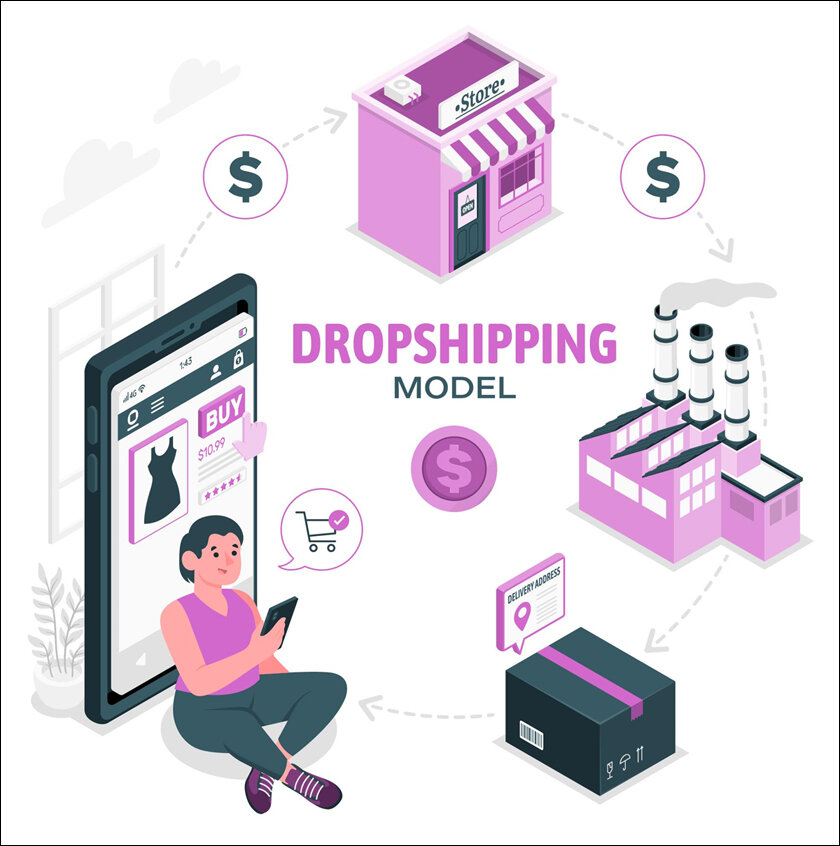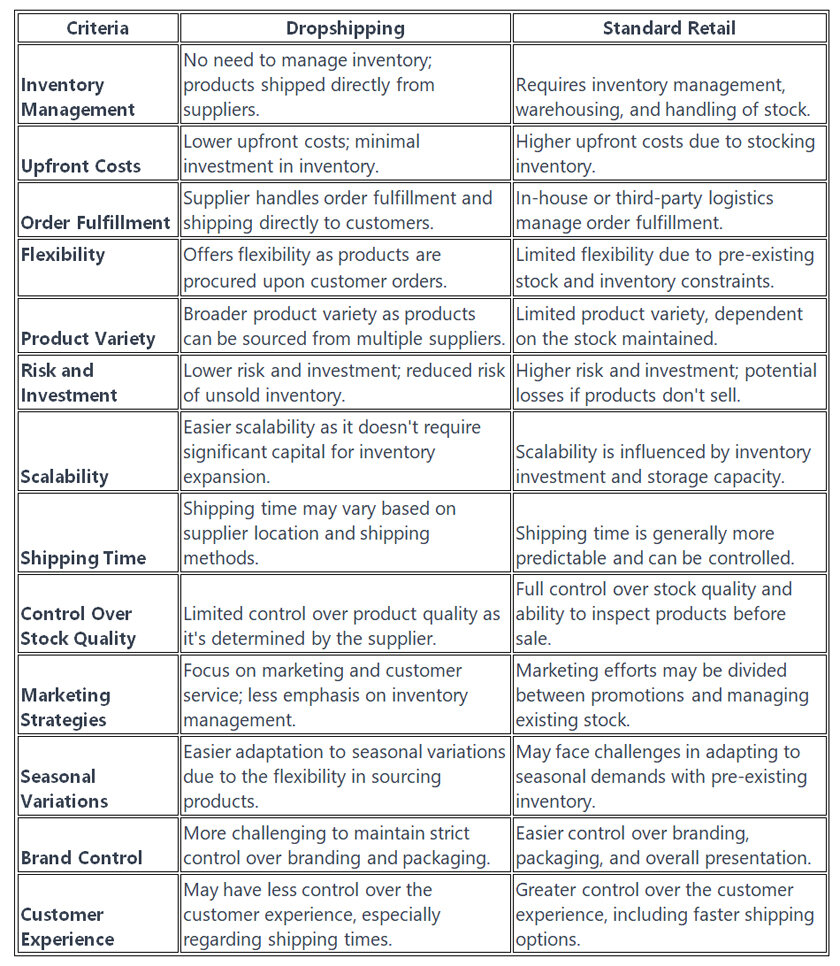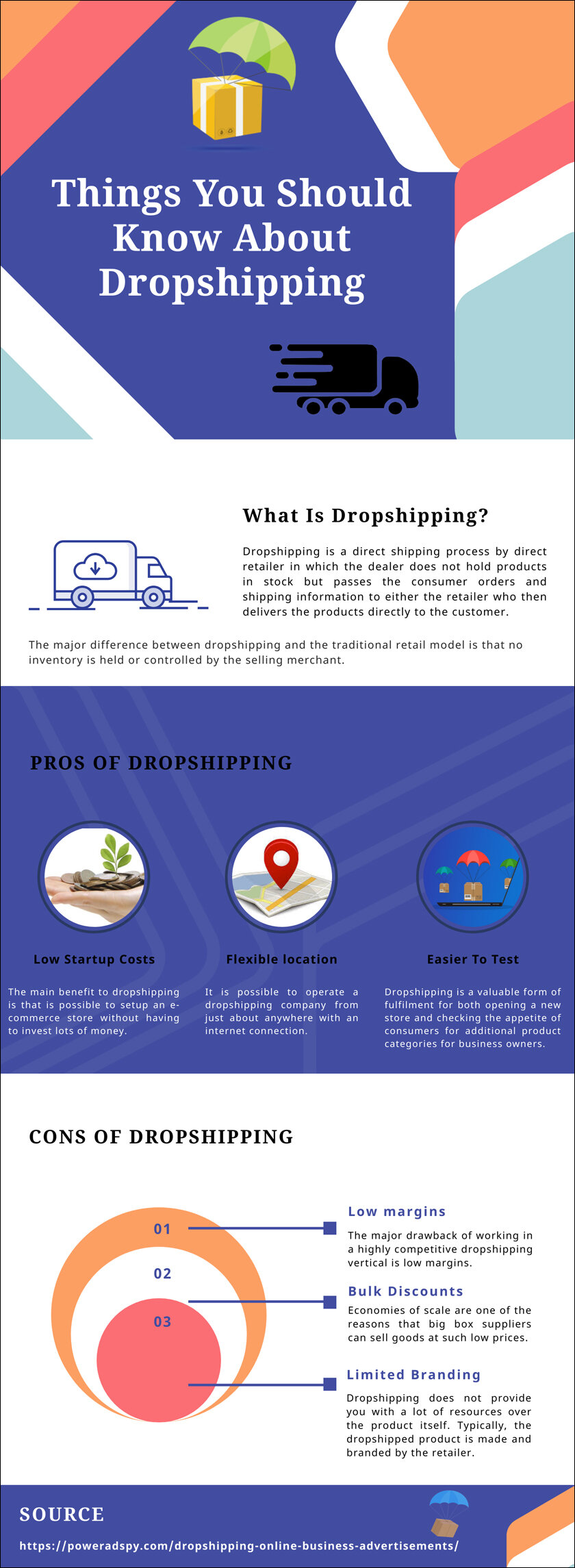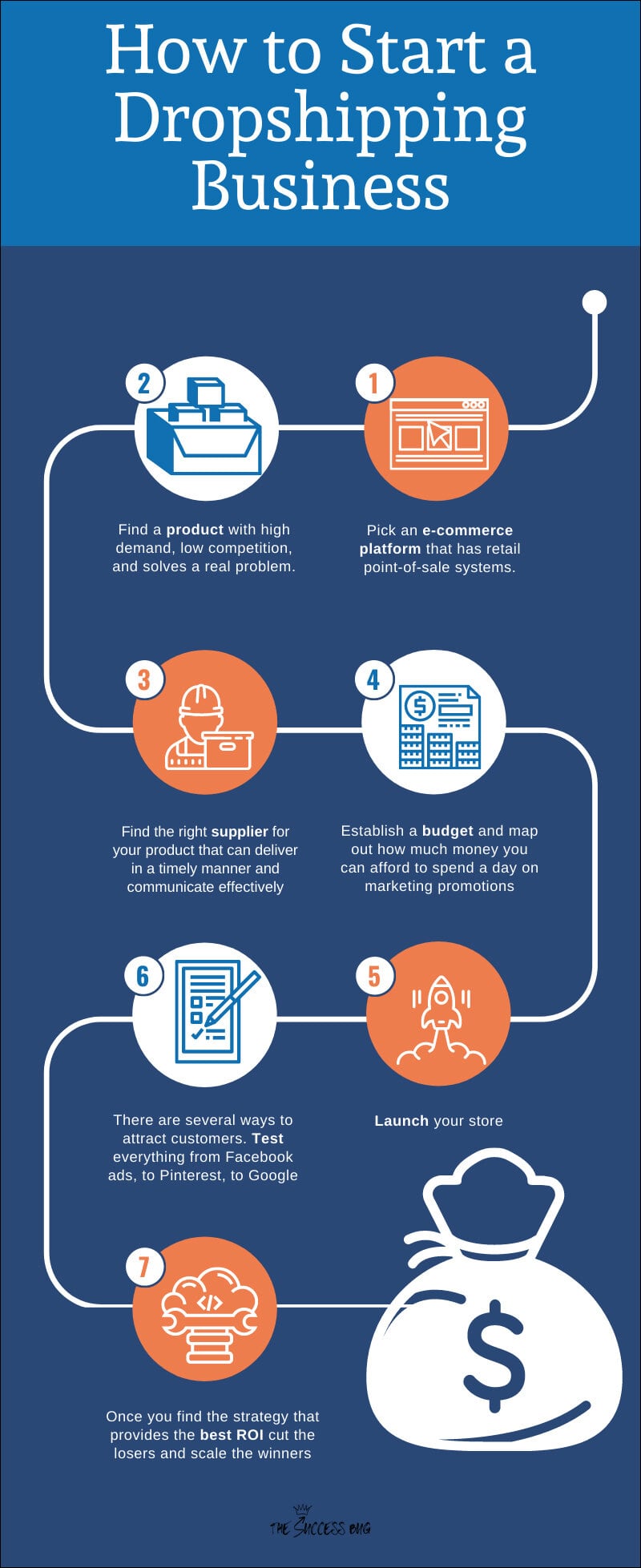The contrast between dropshipping and standard retail highlights distinctive advantages and challenges, reshaping commerce strategies.
Discovering the perfect product for your customers poses a challenge, and storage compounds the issue. With over 5 lakhs sellers on Amazon and a multitude on other e-commerce platforms, the Indian e-commerce industry is evidently expanding rapidly. The surge in demand necessitates a corresponding surge in supply from sellers, prompting the bulk purchase of products and the management of inventory.
In this scenario, sellers encounter challenges in managing inventory, struggling to discern which order is headed where and when. To address this predicament, dropshipping has been introduced in India. If you’re curious about what dropshipping entails and how it can benefit sellers, let’s delve into the details.

Difference between Dropshipping and Standard Retail
Dropshipping and standard retail diverge in inventory management, order fulfillment, and business dynamics, reshaping the commerce landscape distinctly.

This table provides a concise overview of the distinctions between dropshipping and standard retail across various criteria.
Technology’s Function in Dropshipping:
E-Commerce Platforms:
Shopify, WooCommerce, and Magento offer comprehensive solutions for dropshipping, including store creation, inventory management, and payment processing.
Product Sourcing Tools:
Oberlo and AliExpress enable seamless product discovery and importation from global suppliers for dropshippers.
Automation Software:
Essential for dropshipping, automation tools streamline processes like order processing, tracking updates, and customer communication.

Analytics and Reporting:
Technology delivers robust analytics tools for tracking sales, analyzing customer behavior, and optimizing store performance in dropshipping businesses.,
Advantages of Dropshipping:
- Low Overhead Costs: No need for inventory or warehouse management results in minimal expenses.
- Flexibility: Run the business from any location with an internet connection, providing schedule flexibility.
- Wide Product Selection: Offer a diverse range of products without pre-purchasing items.
Challenges in Dropshipping:
- Dependency on third-party suppliers poses a risk, as any issues with these suppliers can directly impact customer satisfaction.
- Low Margins: Intense competition may lead to slim profit margins in dropshipping.
- Inventory and Supply Chain Issues: Tracking inventory changes and delivery times can be challenging.

Dropshippers in India – Top 5 (In no particular order)
Securing a dependable and trustworthy supplier offering a diverse product range is a challenging endeavor. Yet, certain seasoned companies in the Indian dropshipping industry have garnered a reputation as the top performers in the field.
Shopify:
Shopify stands as a reliable player in the dropshipping arena, boasting a global community of over 4 million sellers. This platform facilitates the opening of an e-commerce store, enabling individuals to resell products seamlessly. Renowned for its business transparency and robust customer support, Shopify offers a 14-day free trial, making it an appealing choice for those initiating dropshipping ventures in India. The option to expand operations according to preference adds to its allure.
Baapstore:
Considered one of the top dropshipping platforms in India, this option stands out for its reliability. Boasting a vast selection of over fifty thousand products and maintaining transparent business operations, it is an excellent choice for selling Indian products. The added benefit of free shipping, regardless of the purchase amount ranging from 10 rupees to 10000 rupees, enhances its appeal. Moreover, the platform offers flexibility by allowing users to link their e-commerce stores with social media handles, facilitating the attraction of more customers.
Wholesale Box:
Wholesale Box serves as a marketplace catering to large wholesalers, facilitating connections between wholesalers and retailers throughout India. The platform offers a wide range of products at wholesale prices. Specializing in niche-based products, with a predominant focus on women’s clothing and other apparel, Wholesale Box emerges as an excellent choice for those looking to open a clothing store through a reliable dropshipping platform.
Trade India:
Trade India operates as another prominent dropshipping platform in India, employing a B2B business model to connect wholesalers with retailers, facilitating the fulfillment of product demands online. Beyond mere connectivity, Trade India’s support team plays a crucial role in assisting sellers in establishing their e-commerce stores and enhancing their visibility within the dropshipping marketplace in India. With a robust offering, Trade India boasts over 3000+ digital marketing solutions to aid sellers in their endeavors.
HotHaat:
Hothaat holds the distinction of being one of the pioneering platforms for dropshipping in India. With a diverse range of over 30 product categories, this platform offers a cost-free usage model, although additional charges apply for packaging and shipping of products. Notably, Hothaat is renowned for its user-friendly interface, ensuring ease of operation for users without the need for external assistance.

Conclusion:
Navigating the complexities of the evolving Indian e-commerce market, dropshipping emerges as a transformative solution, revolutionizing inventory management and business dynamics. The contrast between dropshipping and standard retail highlights distinctive advantages and challenges, reshaping commerce strategies. Technology plays a pivotal role, with e-commerce platforms and tools enhancing dropshipping efficiency. Amidst the top dropshippers in India, Shopify, Baapstore, Wholesale Box, Trade India, and HotHaat stand out, offering diverse products and transparent operations. This article provides a comprehensive guide, laying the foundation for understanding dropshipping’s impact, technology’s role, and the leading players shaping the dynamic Indian e-commerce landscape.









